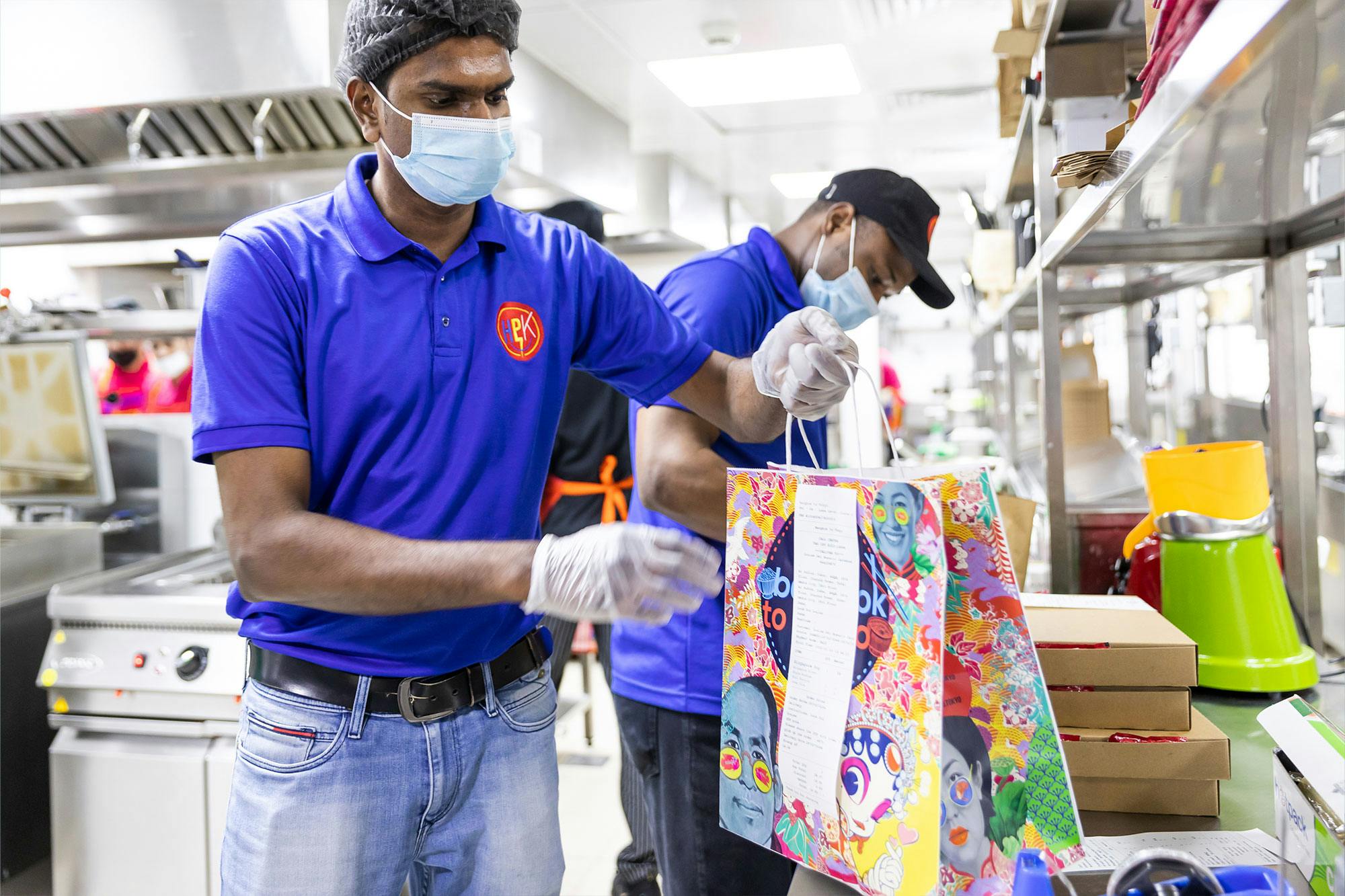Food for thought: Keeping up with demand

We sat down with Brandon MacDonnell, our head of SMB Sales in North America, to talk about how the restaurant industry is keeping up with consumer demand and how inflation has created a new era of adaptation—watch the full episode here. MacDonnell offers insight into the macrotrends observed in the restaurant industry and discusses possible solutions to the inability to thrive - can agility and technology be the answer?
The Problem We’re Facing: Staffing Shortages & Rising Inflation
The service industry has been experiencing what you might call “the great resignation.” Although staffing shortages were a challenge that restaurants faced before the pandemic, many attribute the rise in resignations to the government subsidies given to individuals during and, due to the pandemic, no longer incentivizing people with the “need” to go to work. This sense of security has resulted in immense staffing shortages. As such, in restaurants today, we see one person doing the job of many, leading to human error and general delay in processes. Additionally, restaurants are adversely affected by extremely high employee turnover rates, causing restaurants heavy expenses. General staffing shortages and incessant staff changes are putting restaurants in a fix, costing them close to $3000 for the training and onboarding of every new employee. The cycle is unsustainable, especially for small-scale restaurants to survive and thrive.
In Canada, the current inflation rate is around 6.7%, which has ultimately had the most significant impact on restaurants. The inflation in food costs is much higher due to the scarcity of food products sourced from different areas. Additionally, various issues across the supply chain have caused prices to drastically increase, like the cost of movement, oil, and lack of availability. The pandemic also gave way to new expenses; there was an increase in online orders, with restaurants keeping their doors closed. To fulfill these online orders and keep the customer experience seamless, restaurants had to focus on other factors like packaging, which has now become an additional and important cost. Supply chain issues have also impacted restaurants in a few different ways. We’re still in the wake of the pandemic and experiencing the residual effects, on top of new and evolving climate change and geopolitical issues.
So How Do We Thrive?
Restaurants can decide between being more competitive with wages and benefits and investigating what their staff wants, or they can reduce labor costs and try to increase overall restaurant efficiency.
Menu Optimization: For restaurants, the easiest way to fight inflation is to be more innovative. They can do this by creating lunch menus, late-night menus, etc. Review which SKUs/items are performing better and keep a limited menu with popular options.
Portion Control: Many restaurants are moving towards the ‘center of the plate concept,’ where portion sizes are reduced.
Using Technology: Restaurants can leverage technology to help fight inflation through platforms such as Deliverect. Deliverect’s core product acts as another hand in the kitchen because of the multitude of functions that are done automatically, such as order injection into the POS, managing menus for multiple DSPs from one tablet, snoozing items for all channels, and sales insights for all channels, etc.
Deliverect can add value to many restaurants, particularly small businesses, by helping to simplify their operations, save costs by tackling operational inefficiencies that can be avoided through automated processes, and pivot existing resources towards customer care. When asked why restaurants should work with Deliverect, MacDonnell says, “I think you have to look to our founders on this. They came from restaurants and worked with mom & pop’s to try and show profitability. Even though we have a product that adds value to everyone, from global food chains to these small businesses, the small business owners are who we have to focus on and make sure they get back to profitability.“
Deliverect can add value to many restaurants, particularly small businesses, by helping to simplify their operations, save costs by tackling operational inefficiencies that can be avoided through automated processes, and pivot existing resources towards customer care.
Want to hear more about some of the major obstacles and successes in the restaurant industry today? Check out more episodes from our Food for Thought series here.
Ready to get started?
Get in touch with us to discuss the particular details of your organization and set up a free guided demo to see Deliverect in action.